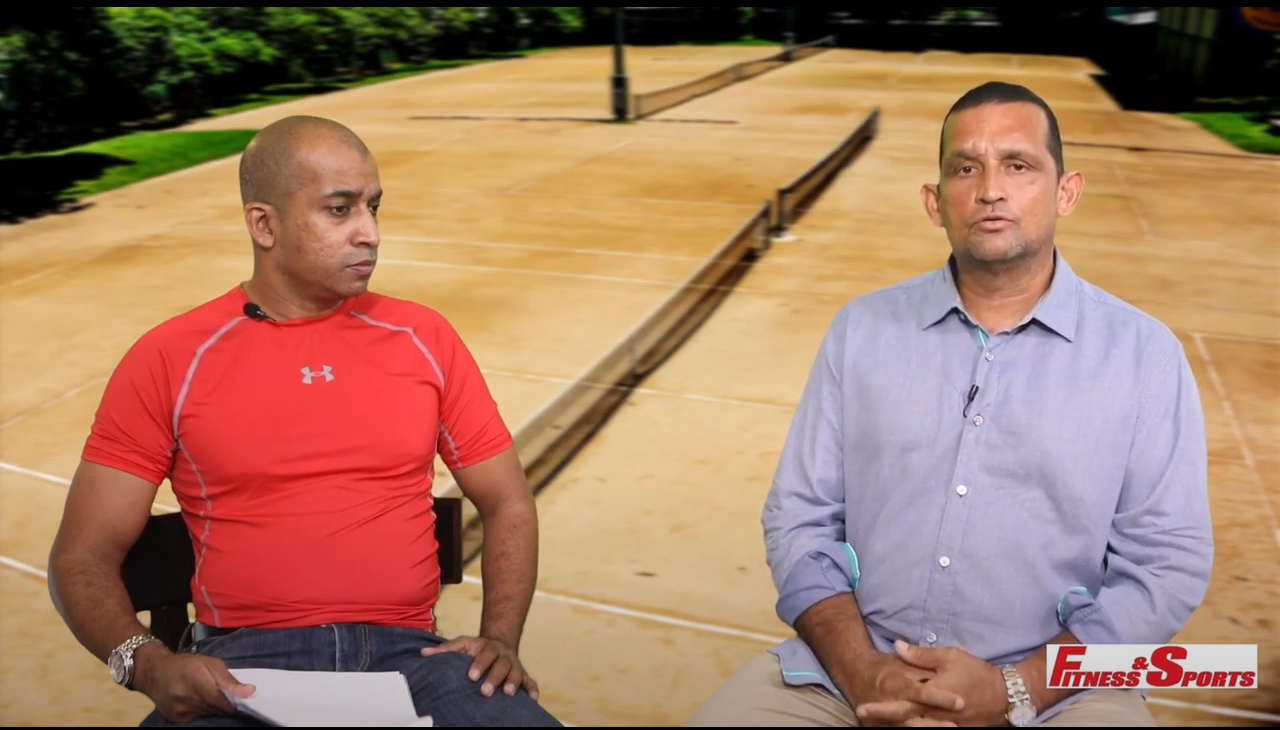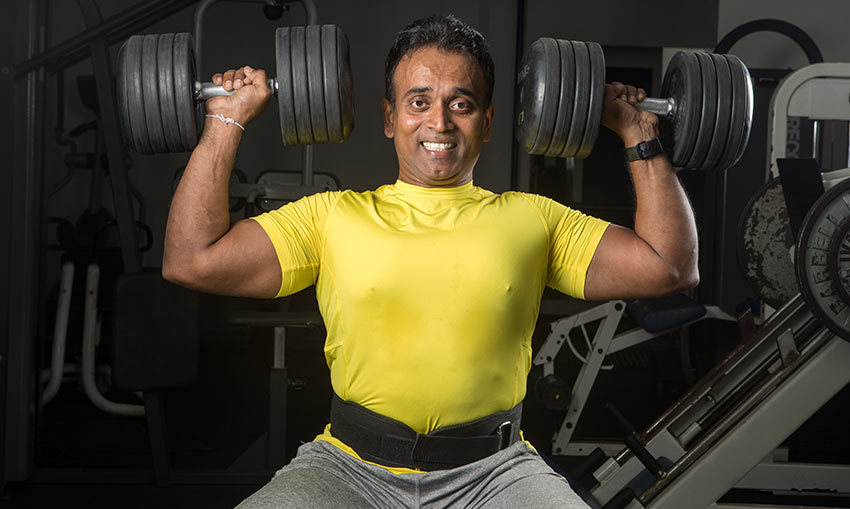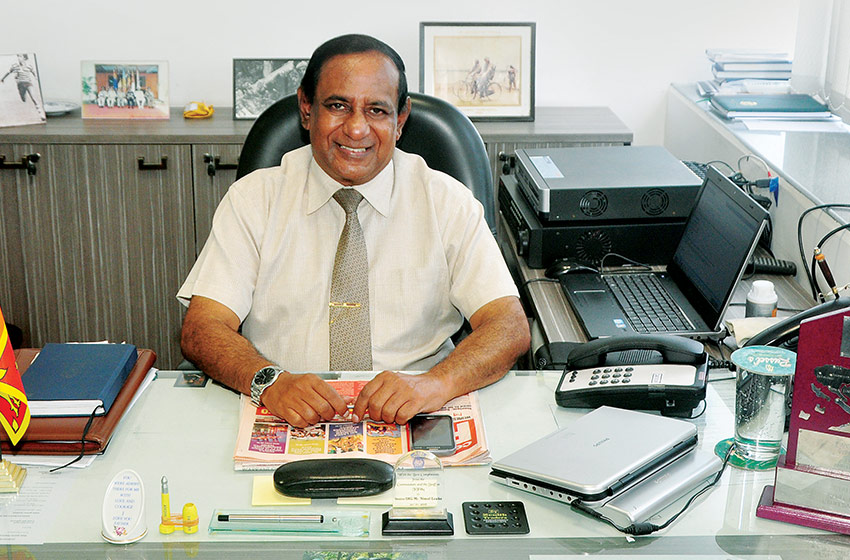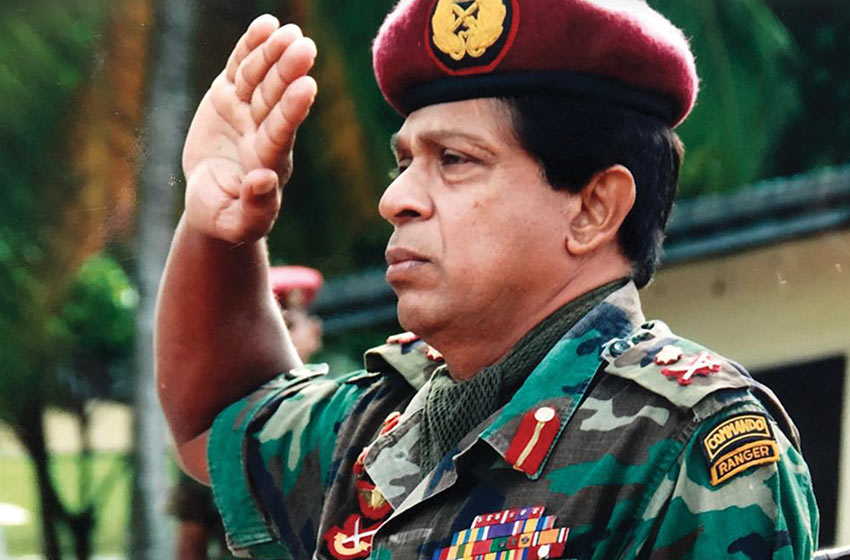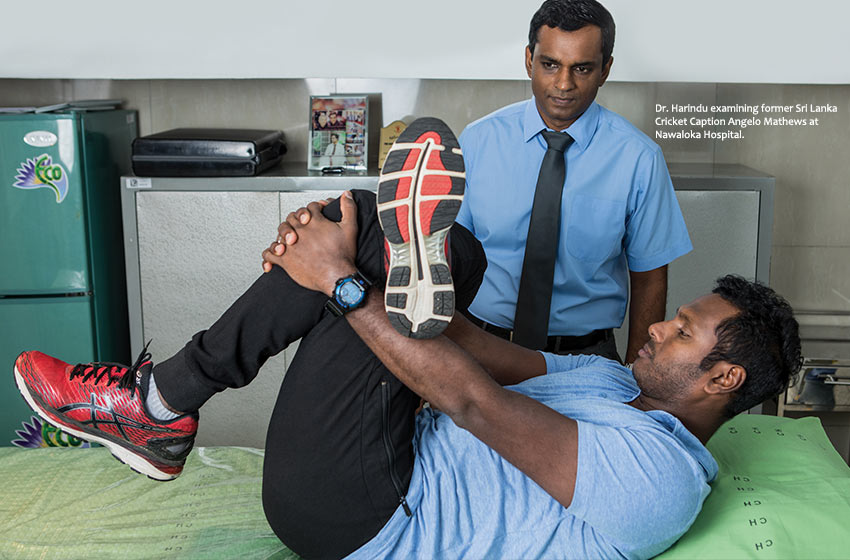
Warning: Illegal string offset 'single_ad_position' in /home/fitnessandsports/public_html/wp-content/themes/vinkmag/vinkmag/core/hooks/blog.php on line 187
The type of injury that occurs in athletes depends on the sport, in cricket we see a lot of back injuries, shoulder injuries, hamstring injuries, and calf injuries. Mainly lower body injuries especially in fast bowlers. In rugby we see a lot of knee injuries and head injuries. In tennis it is a lot of elbow injuries that we see. For swimmers, shoulder injuries are quite common. Different sportsmen have different injuries.
worth a pound of cure is worth a pound of cure
Benjamin Franklin (1706-1790)
Prevention is Always Better Than Cure
As sports doctors we are involved in injury prevention as recovery from injury can take a long time in some cases. For example take the knee, if you damage an ACL then you are out of the sport for about 9-12 months. If you damage your hamstring then it could be anywhere from 3 weeks to 3 months. For a school rugby player if they are out for 9 months that is the entire season. For international sportsmen being out of the sport for that much of time can be a huge implication because that is their profession. For teams a loss of a key player or players could be the difference between victory and defeat. So preventing injury is a huge aspect.
The Importance Of Early Diagnosis And Proper Treatment Of Injuries
One of the most important things is proper diagnosis and then ensuring that the injury gets treated correctly (this is called secondary prevention). If you treat an injury properly there is always less chance of getting reinjured.
Also picking up injuries before they become serious injuries (ex- picking up a hamstring strain early before it becomes an advanced injury) is also important. This is called injury surveillance where physiotherapists and doctors weekly screen players for injuries and treat them very early.
All too often we see that players due to various pressures have to go back to the playing field too early. When you return too early after an injury the risk of getting injured again is much higher. The injury may reoccur in the same place or it may occur somewhere else. So, it is very important that an injured player has fully recovered from the injury. Also we have to ensure that whatever caused his injury is corrected and this is called injury rehabilitation. We correct aspects like fitness, body composition, techniques, skill, equipment (shoe wear, protective gear) and any other factors which may have lead the player to be injured. We will also ensure that the player’s workloads are not increased too fast. This is called work load monitoring. (Ex – fast bowler stipulating how many overs they can bowl per week ). We have to make sure that during the treatment of the injury that fitness has not been lost from any other part of his body and the player is match fit both physically and psychologically when he returns to the field. An analysis must be done as to why the player got injured. If we don’t look at all these aspects it is very likely the player will come back injured.
The Importance Of Proper Training
The best way to prevent injuries is to create a super athlete. These are athletes with supreme fitness levels (endurance , strength , power , agility ,speed , flexibility etc.…), correct body compositions( lean body mass, fat percentages), supreme skill (the better you can do something the less chance of being injured). Athletes like Kumar Sangakkara, Virat Kohli , Usain Bolt ,Roger Federer ,Michael Phelps have achieved this. 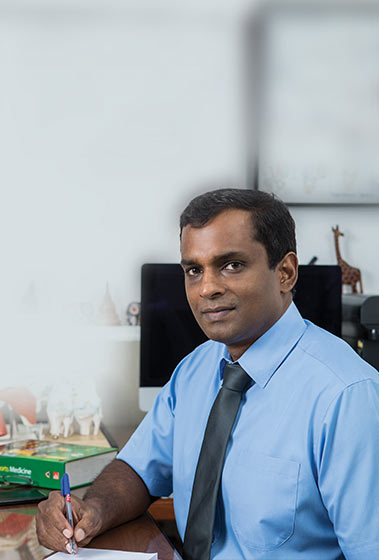 To achieve this, you need a proper training schedule which should be implemented preferably since the time the athlete was young. Also this training schedule has to be supplemented with rest (athletes need periods of rest to recover), proper nutrition (meals and fluids), correct psychology (athlete can’t be over motivated or under motivated). Also, it is important to monitor the workloads and training and see that the athlete is not overworked and overstressed. Also, they need to be monitored regularly for signs of injuries, fatigue and have these corrected as soon as possible. To achieve this, proper training is needed. Proper training is very important in injury prevention. There are four principles of training which are universal. We call them:
To achieve this, you need a proper training schedule which should be implemented preferably since the time the athlete was young. Also this training schedule has to be supplemented with rest (athletes need periods of rest to recover), proper nutrition (meals and fluids), correct psychology (athlete can’t be over motivated or under motivated). Also, it is important to monitor the workloads and training and see that the athlete is not overworked and overstressed. Also, they need to be monitored regularly for signs of injuries, fatigue and have these corrected as soon as possible. To achieve this, proper training is needed. Proper training is very important in injury prevention. There are four principles of training which are universal. We call them:
- Specificity
- Individuality
- Overload
- Periodization
bowler will breakdown. If the bowler must bowl fast for ten overs then he has to train with that goal in mind. Thus, the training has to be individualized for each sport and even in that sport for the different roles.
Individuality is customizing the training routine for the individual. You cannot have one training schedule for everybody. You must take into consideration factors such as age, body structure and past injuries before preparing a workout for them. Thus, workouts and training must be individualized for each player.
Overload means, for example when I give my body a stimulus, such as putting 10kg on the bench press and then next week I gradually increase to 12.5 kg. That is overloading, a gradual increase of the stimulus I am giving my body. Thus my body gradually gets accustomed to lifting heavier workloads by hypertrophying its muscle cells and increasing the activity of the brain and the nerves. If I do 10kg this week and 40kg next week then it is not a gradual increase and my body will not have had time to adopt to this and my muscles will suffer considerable breakdown which can’t be repaired by the body and I will end up with an injury. This principle is called overload. A general rule is not to increase your training more than 10 percent from week to week. There are a lot of training variables that are taken into consideration for this principle such as the number of training sessions, the intensity of the sessions, the exercises in the sessions etc. You have to take these variables into account and get the right mix. If you do too little then the players will not improve. You can’t change too many variables at the same time for example if you change
the running distance and the speed of running both together there is a higher chance of injury (you must first increase the distance and when he can do this then increase the speed). This is where expert coaching and training comes into play.
Periodization is taking all the aspects of training such as endurance training, speed training, strength training, power training, flexibility training, skill training, reflex skills, psychology and putting all these aspects together and making a structured training programme for the athlete. You have to know the current fitness and skill level of the athlete and where you want them to be at a certain point in time ( ex – in 6 months or in one year).
Periodization is putting all of this into a table and planning for the whole year or years to improve the player.
It is a valid point to note that skills, fitness and other aspects should be taught to athletes at an early age. When the athlete is older you can then further improve these aspects, and teach things like strategies. In Sri Lanka we see younger players training only by playing the sport throughout the year. They don’t spend much time on separate fitness or skill sessions. This does not lead to improvement of the athlete. We should ensure that training is periodized so that players reach their maximum potential. Also doing more than one sport when young is important as it develops what we call cross fitness. Thus the areas of the body which don’t become strong with one sport are compensated by the other sports (ex-swimming and cricket are perfect complements for overall fitness). It is recommended to do two to three sports till the age of 15 and then to select one sport after 15.
If you train properly you will have athletes getting less injuries and their performances will continuously improve in the sport. Champions are champions because they do proper training day in day out which allows them to also enjoy long successful careers. Talent is not uncommon but how the athlete trains is what sets him apart and makes him a champion.
“I hated every minute of training, but I said, ‘Don’t quit. Suffer now and live the rest of your life as a champion.” Muhammad Ali
Dr. Harindu Wijesinghe has been the President of the Sri Lanka Sports Medicine Association since 2014. He also heads the Doctors’ Panel for Sri Lanka Cricket and the Doctors’ Panel of Royal College Rugby. He is a Consultant Rheumatologist and Specialist in Sports Medicine at Nawaloka Hospital.
Warning: Illegal string offset 'single_ad_enable' in /home/fitnessandsports/public_html/wp-content/themes/vinkmag/vinkmag/core/hooks/blog.php on line 204
Warning: Illegal string offset 'single_ad_position' in /home/fitnessandsports/public_html/wp-content/themes/vinkmag/vinkmag/core/hooks/blog.php on line 205

